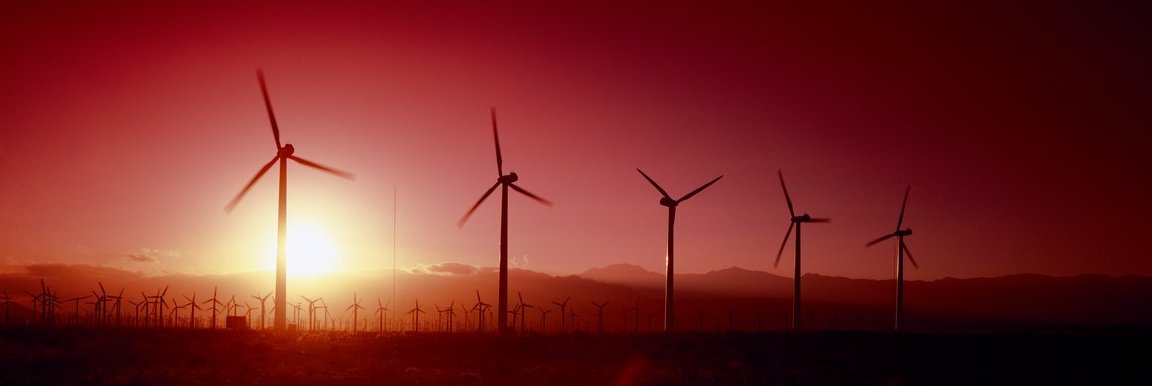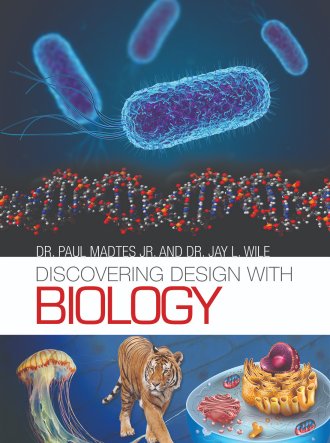
Nine years ago, I wrote about a study that indicated wind turbines in the U.S. kill more than half a million birds and more than 800,000 bats each year. Five years later, I wrote about another study that indicated wind farms act as apex predators in the ecosystem where they are built. While very little of this important information makes its way into the popular press, it has informed those who actually care about the environment. As a result, more studies have been done, and these studies indicate something rather surprising about two of the “green energy” solutions that have been promoted to “save our planet.”
So far, the most chilling study was published in Royal Society Open Science. The authors of the study collected feathers of dead birds found at selected wind farms and solar energy facilities in California. They found that of the many species killed by these “green energy” sites, 23 are considered priority bird species, which means their long-term survival is threatened. The list is quite diverse, including the American white pelican, the willow flycatcher, the bank swallow, and the burrowing owl.
Now, just because a species is threatened, that doesn’t mean a few extra deaths are going to be a problem. After all, these facilities are in specific places, and bird populations can cover wide geographical regions. A few extra deaths in some regions can be compensated for by more reproductivity in other regions. Thus, the authors used models to estimate the impact that deaths from wind farms and solar facilities will have on the overall populations. They conclude:
This study shows that many of the bird species killed at renewable energy facilities are vulnerable to population or subpopulation-level effects from potential increases in fatalities from these and other anthropogenic mortality sources. About half (48%) of the species we considered were vulnerable, and they spanned a diverse suite of taxonomic groups of conservation concern that are resident to or that pass through California.
In other words, the study indicates that 11 priority bird species that live in or pass through California are now more at risk because of “green energy” sites in that state. Now, of course, this conclusion is model-dependent, and the models might be wrong. However, at minimum, this study identified with certainty that at least 23 species of threatened birds are being slaughtered at wind farms and solar facilities. That should cause people who actually care about the natural world at least some concern. Unfortunately, even though this study was published a month ago, I haven’t seen a single report about it in the popular press.
As an aside, it’s pretty obvious how wind farms kill birds, but how do solar energy facilities do it? The short answer is that we don’t know. What we do know is that birds tend to crash into solar panels. Perhaps they interpret the shiny surface of the solar panels as a body of water where they can land. Perhaps they interpret it as more sky. Whatever the reason, we know that birds are dying at solar farms. Preliminary research indicates that in the U.S., somewhere between 37,800 and 138,600 die each year as a result of crashing into solar panels.
So what’s the take-home message from this study? It’s rather simple:
The fact is that “green energy” processes are mostly new, so their long-term effects on the environment are mostly unknown. Ten years ago, no one would have thought that wind farms and solar facilities might be threatening the long-term survival of certain bird species. We now know otherwise. And don’t forget the bats. The effect that wind farms have on their populations hasn’t been studied in nearly as much detail, even though more bats are slaughtered by wind farms than birds!
Those who are pushing “green energy” might actually be pushing environmentally-hostile energy without even knowing it. That’s what happens when those who call themselves “environmentalists” ignore science and simply follow the politicians and the press.

 In 1997, Marilyn Durnell and I published Exploring Creation With Biology, a college-preparatory biology course designed specifically for home-educated students. Because the science of biology changes over time (especially when it comes to classification), we published a second edition of the course eight years later. Unfortunately, we never got the time to write a third edition of the course, but the publisher did eventually use a different author to write a new edition, which was definitely needed. While the content of that new edition is solid and I think it can be used in a setting where there is a teacher who is knowledgeable about biology,
In 1997, Marilyn Durnell and I published Exploring Creation With Biology, a college-preparatory biology course designed specifically for home-educated students. Because the science of biology changes over time (especially when it comes to classification), we published a second edition of the course eight years later. Unfortunately, we never got the time to write a third edition of the course, but the publisher did eventually use a different author to write a new edition, which was definitely needed. While the content of that new edition is solid and I think it can be used in a setting where there is a teacher who is knowledgeable about biology, 